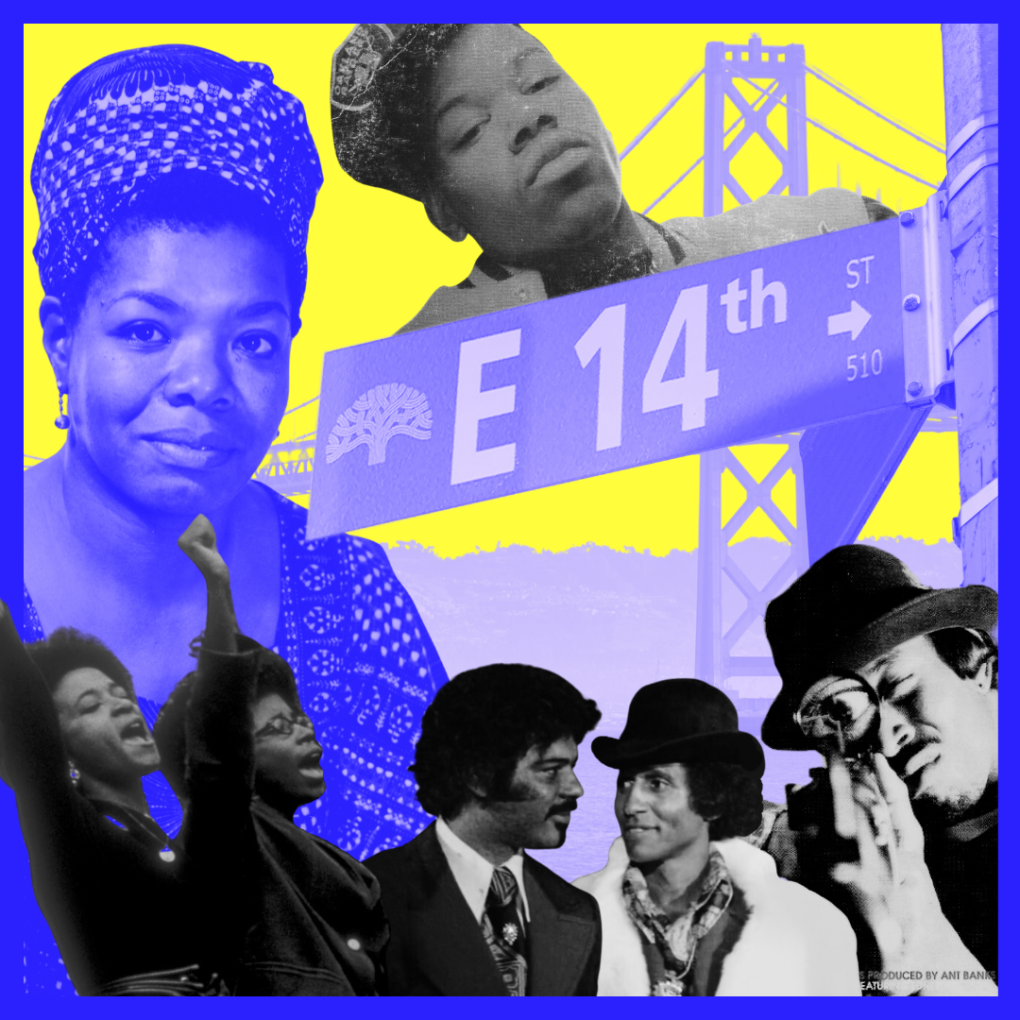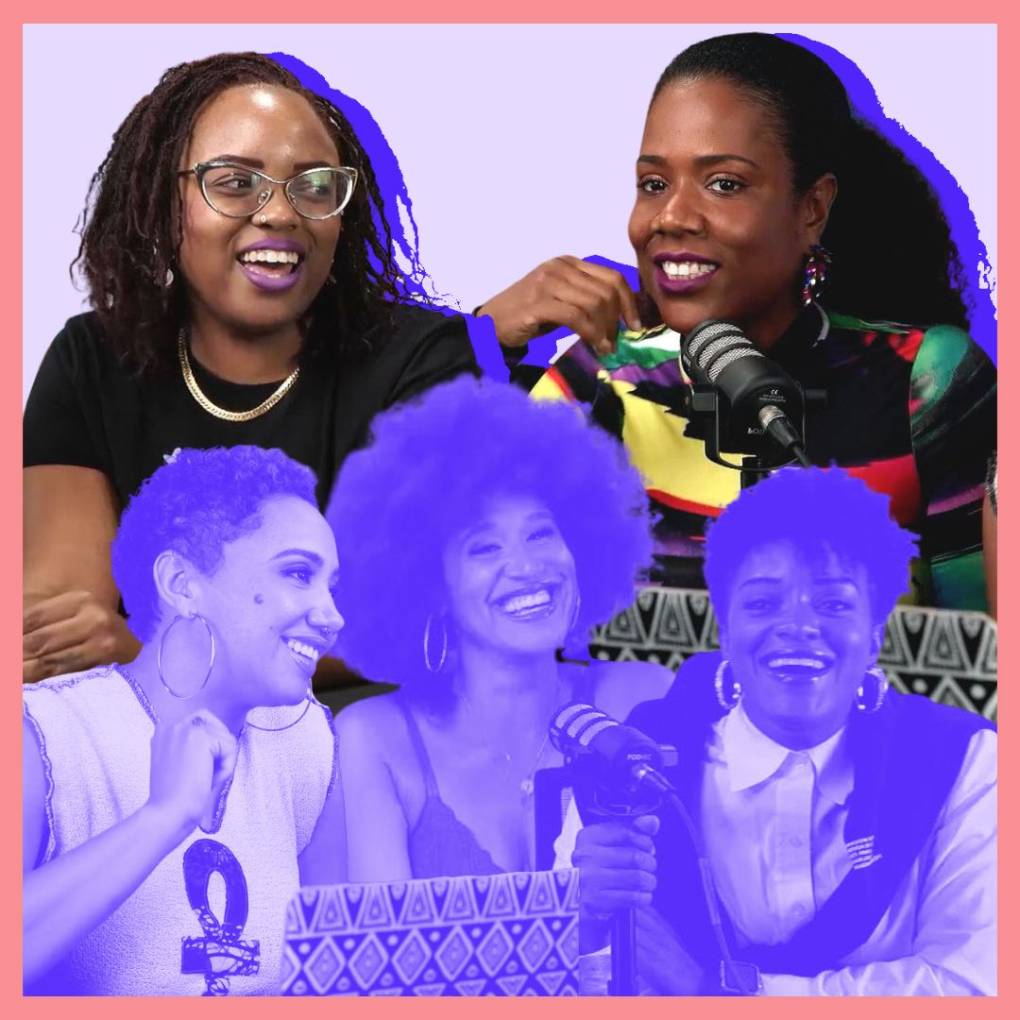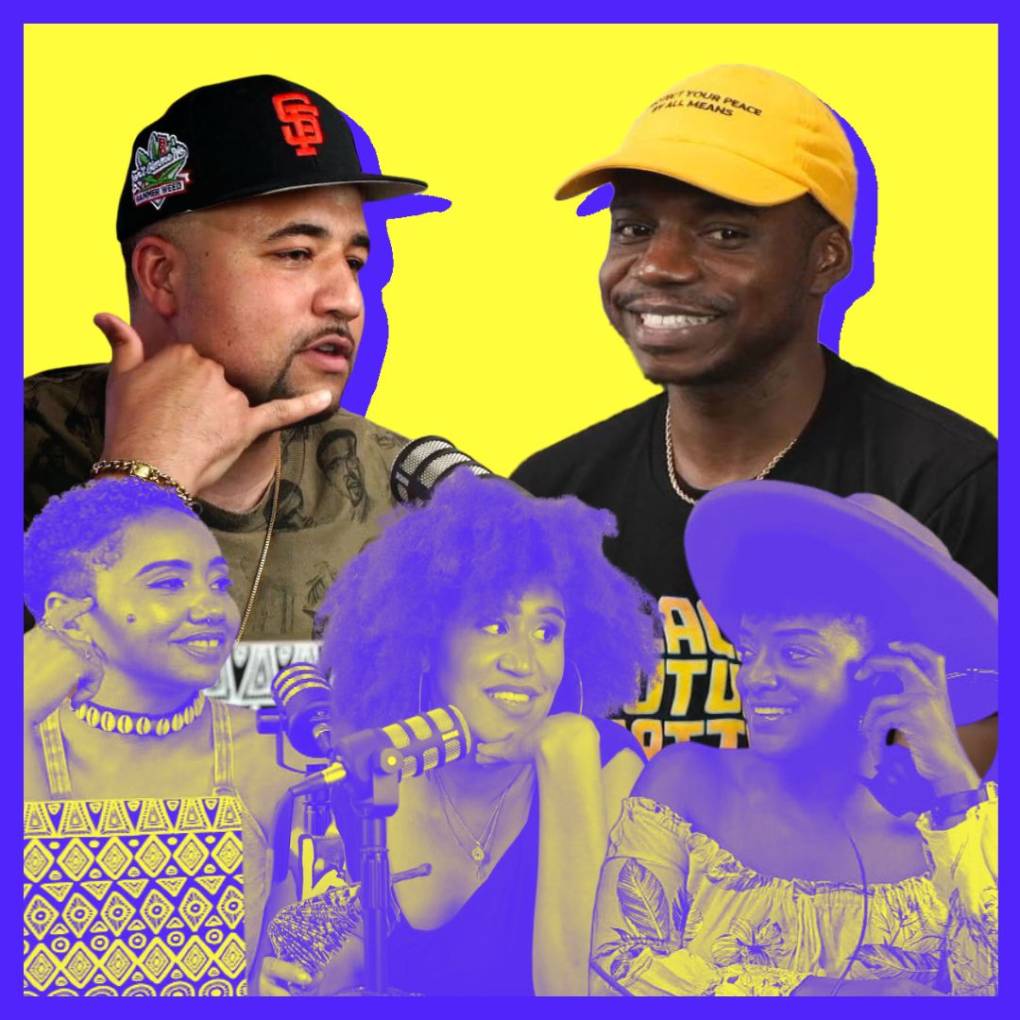Editor’s note: This story is part of That’s My Word, KQED’s year-long exploration of Bay Area hip-hop history, with new content dropping all throughout 2023.
Picture this: You’re on the dance floor at a Bay Area function, and “Feelin’ Myself” by Mac Dre pumps through the speakers. The whole room erupts with joy, and everyone chants the lyrics: “I’m sicker than SARS / higher than Mars.” Then the beat stops and the crowd screams: “And I treat my bitch like an ATM card!”
There’s power in this ritual, which has been a mainstay at local clubs and house parties since Mac Dre’s hyphy anthem came out in 2004. The music allows us to partake in a collective experience, and to feel a sense of Bay Area pride at a crucial time when so many have been pushed out of this unaffordable region.
But, scratching below the surface, “Feelin’ Myself” and many of our beloved, local ’90s and 2000s anthems — Dru Down’s “Pimp of the Year,” D-Lo’s “No Hoe” — contain casual references to violence against and the exploitation of women.
Pimp culture is in Bay Area hip-hop’s DNA as much as the liberation politics of the Black Panthers. Some of the region’s earliest rappers based their personas on blaxploitation films like 1973’s The Mack, which was shot in Oakland and featured real-life pimps and sex workers. Not to mention, some of these original MCs were actual pimps. As hip-hop became a commercial force in the late ’80s, albums like Too Short’s Born to Mack helped define the Bay Area’s style and identity for the rest of the nation.





